As a distinguished online Farsi learning platform, Danaa School takes pride in offering clear and practical insights into the journey of learning Persian. One of the most common questions language learners ask is: How long does it take to learn Farsi?
The answer depends on several factors, including your background, learning method, goals, and level of commitment. In this article, we explore these factors and provide realistic expectations for learners at different stages.
Factors Affecting How Long It Takes to Learn Farsi
Learning Farsi is a multifaceted process influenced by individual characteristics and learning conditions. Questions such as “How long does it take to learn Farsi for beginners?” or “Can I learn Farsi in one year?” depend largely on the factors below.
Individualized Learning Paths
Every learner follows a unique path when acquiring Farsi. Differences in linguistic background, prior experience, and learning style shape how quickly progress is made.
1. Language Background
Learners who speak languages related to Persian or who are familiar with Indo-European language structures may find Farsi grammar and vocabulary more intuitive. Recognizing shared linguistic elements can significantly speed up comprehension.
2. Previous Language Learning Experience
Those who have learned another foreign language often adapt faster. Skills such as memorization techniques, grammar awareness, and disciplined study habits transfer well to learning Farsi.
3. Learning Methodology
Online learning platforms provide flexibility, personalization, and access to native speakers. Immersive approaches—such as conversation practice, real-life usage, and cultural exposure—dramatically improve learning speed and retention.
Average Time Frame to Learn Farsi
While no single timeline fits all learners, general estimates can help set realistic expectations. Many learners ask, “How many hours does it take to learn Farsi?” or “Can I reach fluency within a year?”
A. General Estimates
With consistent study, learners can reach basic conversational ability within several months. Intermediate fluency often requires one to two years, while advanced proficiency may take multiple years of sustained exposure and practice.
B. Proficiency Levels and Milestones
1. Basic Conversational Skills
Basic conversation—introductions, daily activities, and simple questions—can often be achieved within 3–6 months of regular practice.
2. Intermediate Fluency
Intermediate learners can express opinions, understand native speech at a moderate pace, and engage in extended conversations. This level typically requires consistent exposure over one to two years.
3. Advanced Proficiency
Advanced proficiency includes understanding nuance, expressing complex ideas, and engaging with literature and formal discussions. This stage demands long-term commitment and deep cultural understanding.
Effective Learning Strategies
A. Structured Curriculum
A structured curriculum ensures gradual progress and solid foundations. Danaa School designs its courses to guide learners step by step from beginner to advanced levels.
B. Consistent Practice
Consistency is essential. Daily interaction with the language—even for short periods—reinforces memory and accelerates fluency.
1. Daily Routines
Integrating Farsi into daily life through listening, reading, or speaking builds strong habits and prevents learning gaps.
2. Language Exchange Programs
Speaking with native speakers improves pronunciation, confidence, and cultural understanding while reinforcing real-world usage.
C. Cultural Immersion
Cultural immersion enhances language learning by providing context. Engaging with Persian films, music, literature, and traditions deepens comprehension and retention.
Challenges and Practical Tips
A. Common Challenges
Common difficulties include new phonetics, unfamiliar grammar, and learning a right-to-left script. These challenges are natural and manageable with the right strategies.
B. Tips to Overcome Challenges
Set realistic goals, embrace mistakes, and track progress. Viewing challenges as part of the learning process builds resilience and motivation.
Real-Life Learning Experiences
A. Success Stories
Many learners reach fluency through consistent practice and structured guidance. Their journeys demonstrate that mastering Farsi is achievable.
B. Learning Curve Anecdotes
Breakthrough moments often follow periods of difficulty. These experiences reinforce the value of persistence and long-term commitment.
The Impact of Learning Farsi
A. Personal Growth
Learning Farsi enhances cognitive flexibility, cultural awareness, and confidence, contributing to overall personal development.
B. Professional Opportunities
Farsi proficiency opens doors in international business, education, diplomacy, and cultural exchange, expanding global career opportunities.
FAQs
Is Farsi hard to learn?
Learning Farsi presents its challenges, but with dedication and effective learning strategies, it becomes an achievable goal. The uniqueness of the language may pose initial difficulties, but consistent practice and immersion make the process rewarding.
Are online Farsi courses effective?
Absolutely. Online Farsi courses, especially from reputable platforms like Danaa School, offer flexibility and personalized learning experiences. The effectiveness is enhanced through interactive lessons, cultural insights, and practical applications.
Can I learn Farsi in a year?
Yes, achieving a basic to intermediate level of Farsi in a year with dedicated study and practice is possible.
What are the common mistakes to avoid when learning Farsi?
Common mistakes include neglecting consistent practice, underestimating the importance of cultural immersion, and not following a structured learning plan. Avoiding these pitfalls contributes to a more efficient learning process.
How long does it take to learn Farsi for beginners?
Beginners might need a few months to grasp the basics, especially if they are consistent with their learning and practice.
What cultural aspects should I focus on when learning Farsi?
Cultural immersion in Farsi involves understanding Persian customs, traditions, and social norms. Embrace cultural resources, engage with native speakers, and explore Persian literature and media for a holistic learning experience.
Can I learn Farsi without any prior language learning experience?
Absolutely. Beginners can successfully learn Farsi with dedication, effective strategies, and a supportive learning environment. Starting with the basics, following a structured curriculum, and immersing oneself in the language ensure a positive learning experience.
Conclusion
In conclusion, the journey to learning Farsi is as diverse as the learners themselves. Danaa School encourages aspiring language enthusiasts to embrace the challenge, adopt effective strategies, and revel in the rich experience of mastering the Persian language through various Farsi classes. Take the first step with Danaa School and embark on a fulfilling language-learning journey filled with discovery, cultural enrichment, and personal growth. Join us to learn Farsi online with Danaa School.







